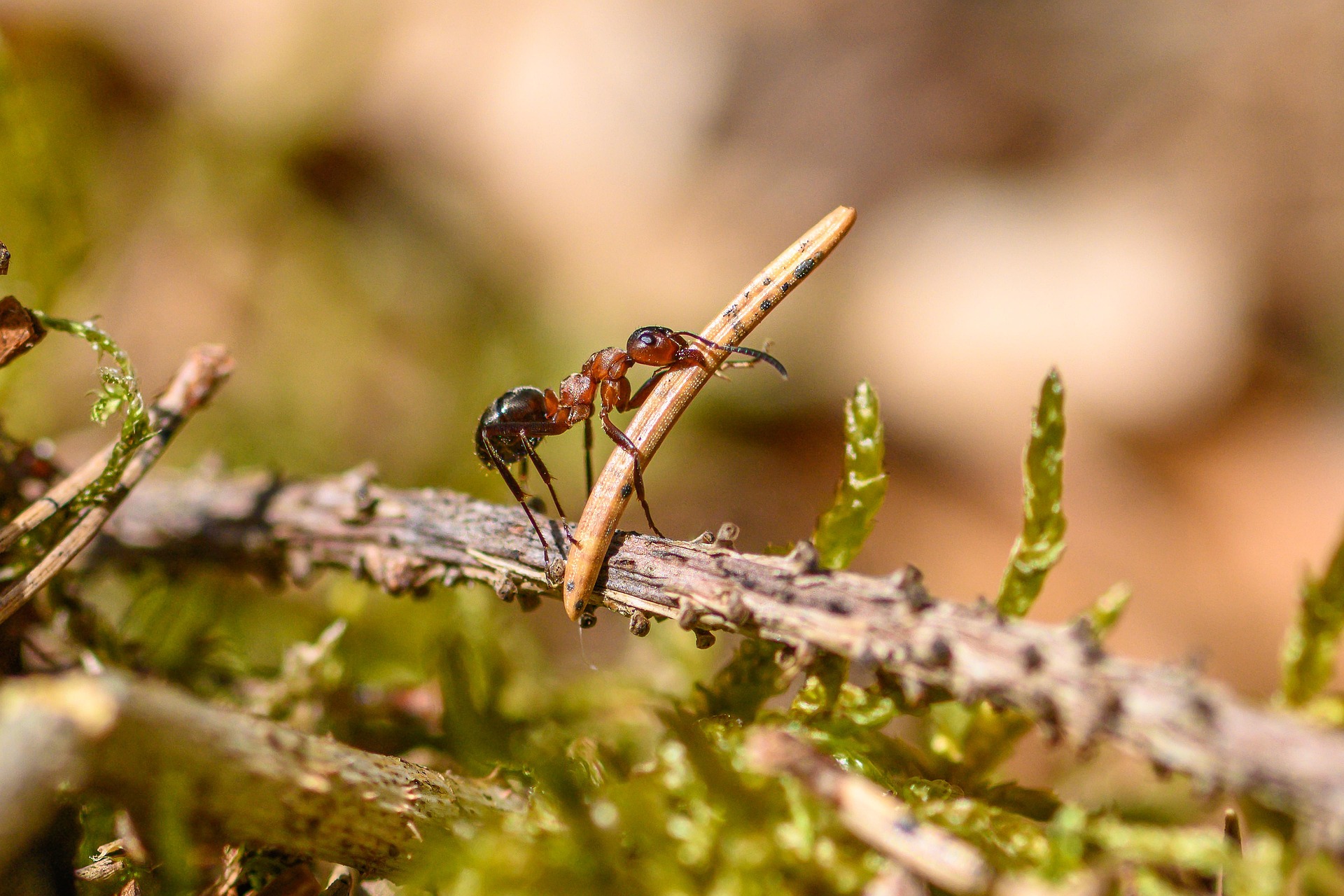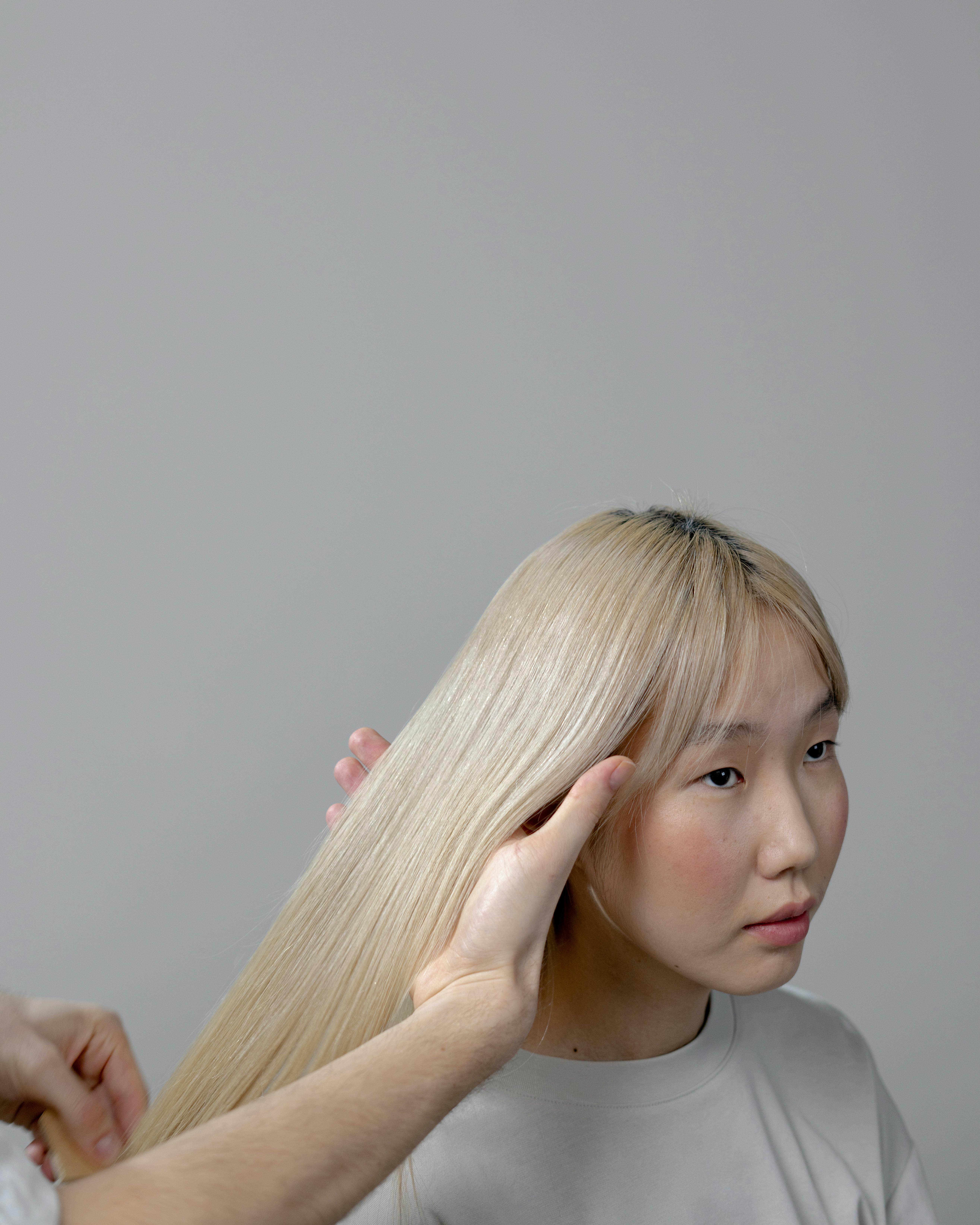Decoding the Behavioral Traits of Sugar Gliders: An Unconventional Pet Choice
In recent years, sugar gliders have emerged as a unique choice for pet enthusiasts seeking an unconventional companion. This article delves into the fascinating world of these small marsupials, shedding light on their history, their distinctive behaviors, and the challenges and rewards of keeping them as pets.

A Glimpse into the Past: The Origin and History of Sugar Gliders
Sugar gliders, native to Australia, Papua New Guinea, and Indonesia, are small, nocturnal marsupials. Historically, these creatures lived in tree canopies in rainforests and woodlands, gliding from tree to tree in search of food. They get their name from their preference for sugary nectar and their unique membrane that allows them to glide.
Sugar Gliders in Today’s World: Current Status and Updates
In the present day, sugar gliders are popular exotic pets, admired for their sociability, playful nature, and compact size. However, they are considered a vulnerable species in some regions due to habitat loss. Several countries, including Australia and New Zealand, enforce strict regulations against their trade and ownership.
The Sugar Glider Market: Costs and Impact
Owning a sugar glider can be a significant investment. The cost of a sugar glider itself ranges between $100-$500, but this is just the start. The cost of housing, feeding, and providing necessary veterinary care can make sugar glider ownership a considerable financial commitment. Despite the costs, their popularity continues to grow, contributing to a vibrant market for exotic pets.
The Science Behind Their Behavior: A Research-backed Analysis
Sugar gliders exhibit fascinating behaviors, such as gliding, social grooming, and vocal communication. They are social animals and thrive in groups or “colonies.” Studies have shown that sugar gliders can suffer from stress and depression if they are kept alone, underscoring the importance of understanding their social needs.
Understanding the Responsibility: Sugar Glider Ownership
Sugar gliders require a high level of care and attention. They have specific dietary needs, require a spacious habitat to glide and play, and need daily social interaction. They also have a long lifespan, living up to 15 years in captivity. Despite these challenges, many owners find great joy in their unique companionship.
In conclusion, sugar gliders are a unique pet choice, offering an unparalleled bonding experience for dedicated owners. Their distinctive behaviors, complex social needs, and long lifespan make them a significant commitment. Yet, for those willing to invest the time, effort, and resources, sugar gliders can make delightful, engaging, and rewarding pets. Through understanding and meeting their needs, we can ensure these fascinating creatures thrive in our care.




